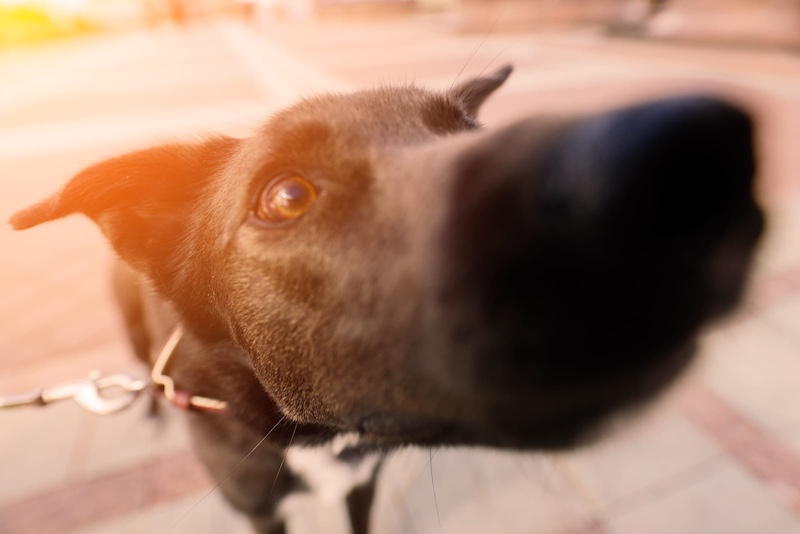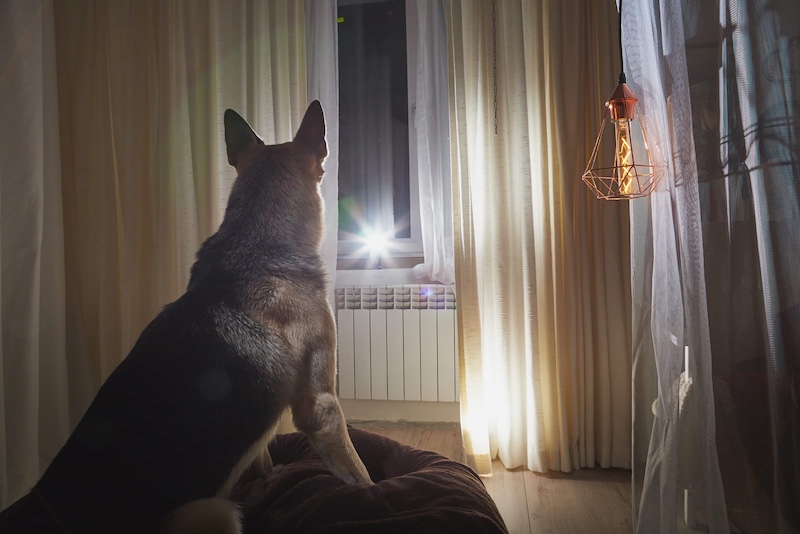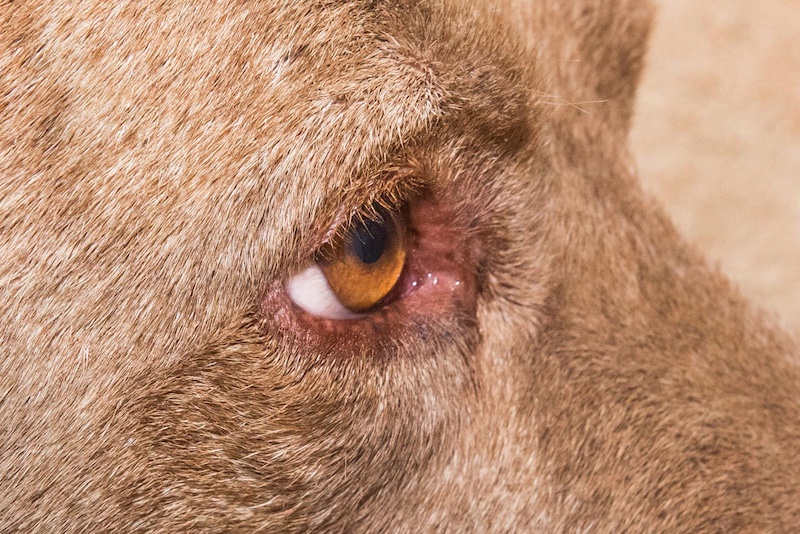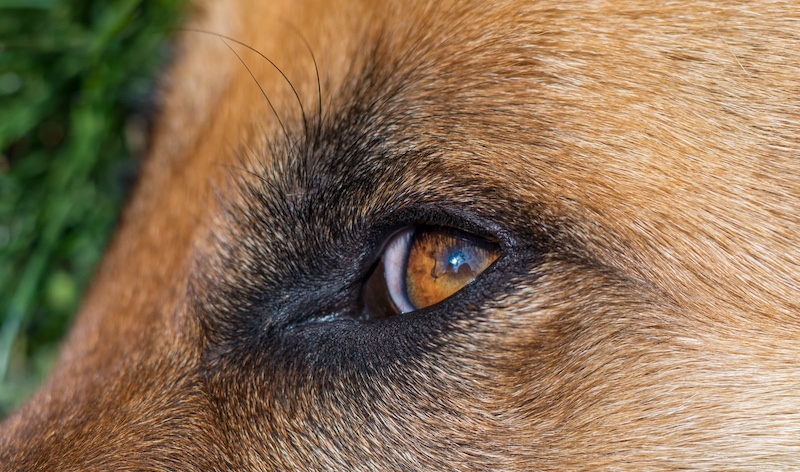Dogs’ vision is unique, adapted to enhance their survival and connect with their surroundings in fascinating ways. Here are ten intriguing facts about how dogs see the world, shedding light on what makes their eyesight both similar to and different from ours.
1. Dogs See Fewer Colors Than Humans

While humans can perceive a broad spectrum of colors, dogs see primarily in shades of blue and yellow. This is because dogs’ eyes contain only two types of color-sensitive cells (cones), compared to three in humans. Although they miss out on reds and greens, their limited color range suits their environment well.
2. Their Night Vision Is Impressive

Dogs have a distinct advantage over humans when it comes to low-light vision. Thanks to a reflective layer behind their retinas called the tapetum lucidum, dogs’ eyes gather more light, making them excellent at navigating in dim environments. This adaptation is a holdover from their ancestors who needed to hunt and be alert at night.
3. Dogs Excel at Motion Detection

Dogs are especially skilled at spotting moving objects, which makes them effective hunters and playmates in games involving fetch or chase. Their visual systems are tuned to detect even subtle movements, making them acutely aware of things we might miss.
4. Dogs’ Eyes Are Optimized for Peripheral Vision

Because of the placement of their eyes, dogs have a wider field of view than humans. While humans have a field of view around 180 degrees, dogs can see up to 250 degrees. This helps them spot potential predators or prey in their periphery, a trait valuable in the wild.
5. Dogs Are Nearsighted

On average, dogs have a visual acuity of about 20/75, meaning they see at 20 feet what a human with normal vision would see at 75 feet. This slight nearsightedness doesn’t hinder them much since they rely more on smell and hearing for long-range detection.
6. Puppies Are Born Blind

When puppies are born, they’re unable to see and rely completely on their other senses. Their eyes remain closed for the first two weeks of life. As they grow, their eyesight develops, allowing them to explore the world in a new way.
7. Breeds Affect Vision Range

The shape of a dog’s head and the positioning of its eyes can influence its visual range. Breeds with short snouts, like pugs, have a narrower field of vision, while dogs with longer snouts, such as greyhounds, enjoy a broader range, enhancing their visual awareness.
8. Dogs’ Eyes Reflect Light Differently

If you’ve ever taken a photo of your dog and noticed an eerie glow in their eyes, it’s due to their tapetum lucidum, which reflects light to improve night vision. This glow differs in color depending on the dog, making for unique photo opportunities!
9. Their Eyes Signal Emotions

Dogs use eye contact to communicate emotions with humans. A dog that holds your gaze is likely comfortable and affectionate, while a dog that avoids eye contact might be anxious. Studies show that dogs and humans can experience a bonding “oxytocin surge” during prolonged eye contact, much like a parent and child.
10. Dogs Use Eyes and Smell Together

Dogs’ eyesight and their highly sensitive noses are a dynamic duo. Although their vision might not rival a human’s in certain ways, their combined sense of sight and smell gives them a powerful advantage. For instance, a dog may see movement, detect a scent, and piece together exactly who or what is approaching from a distance. Please Note: This content was created with the assistance of AI and thoroughly edited by a human before publishing.

